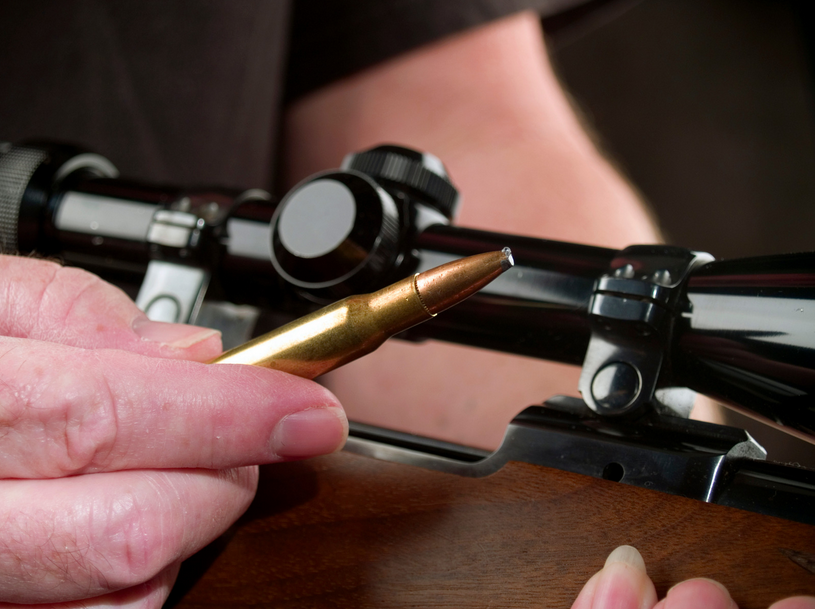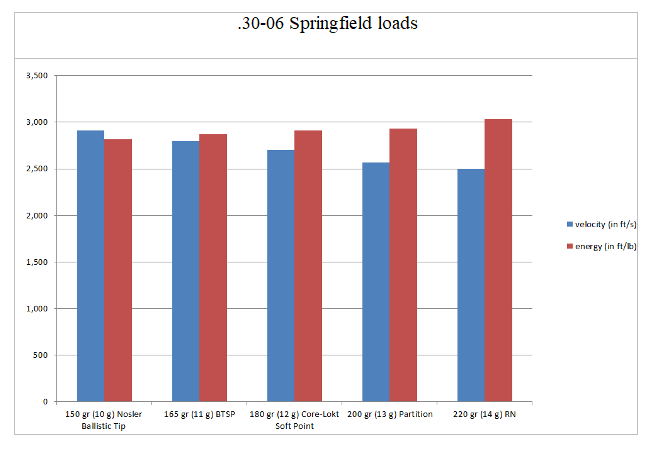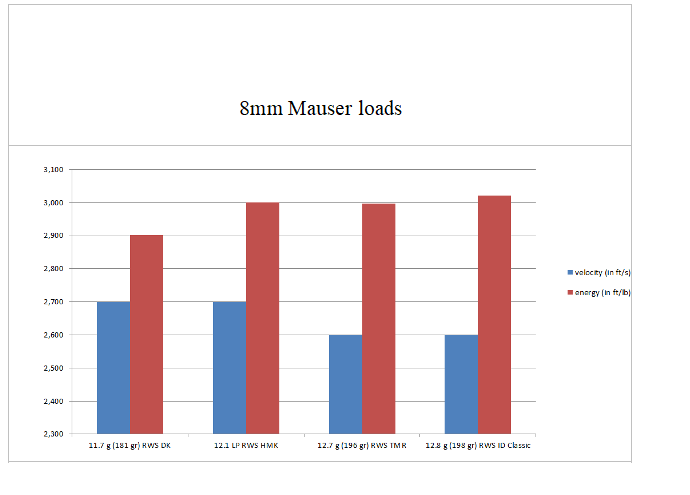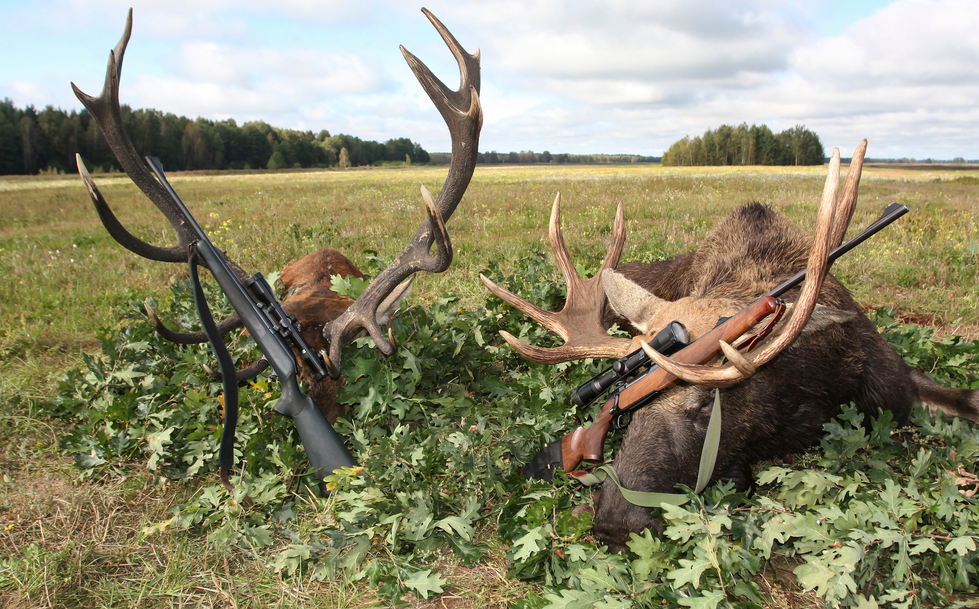While there are many cartridges plenty capable of hunting larger sized game, two rounds that many people compare and contrast are the .30-06 Springfield and the 7.92×57 Mauser (Or 8mm Mauser). Many hunters and sport shooters put these rounds against each other due to their similarity. While they indeed do share some likeness, there are a few differences that a potential user of either round may want to know before choosing it.
To start, the 8mm Mauser has a long and varied history as a military, sporting, and hunting cartridge. It was developed in 1903, with its parent case being the Patrone 88. Its capabilities were soon put to the test in 1914 when the First World War broke out.
During the Interwar Period, the cartridge was exported to many countries and was used by both Axis and Allied powers during the Second World War. While the 8mm Mauser cartridge has been phased out of military use and replaced with the 7.62×51 NATO instead, it is still quite popular with sport shooters and hunters alike (albeit mostly in Europe, an American hunter may have trouble finding a rifle chambered for the round).

While many hunters report great performance with medium-sized game such as deer, Antelope, and Wild Boar, some question the 8mm Mauser’s ability to hunt larger species. However, if you are careful and have good shot placement, you can take on moose, elk, buffalo, even musk ox, and bear.
A safe and effective range for deer would be about 400 meters, whereas, for elk and moose, you would want to get closer to about 300 meters. For bears, it’s recommended to have 170+ grain load and stay within 150 yards. With a muzzle velocity of 2,600 fps and an energy output of 3,021 ft/lb (198-grain variant), the 8mm Mauser is a very capable deer and moose round, but its performance against bear may be underwhelming for some.
On top of this, American made 8mm Mauser cartridges are usually loaded with .323 caliber bullets designed to create lower chamber pressures than standard European loads. This lets them be safely fired from .318 diameter J bores. This lowers the muzzle velocity and limits the round’s performance in general, making it a less favorable choice for large and dangerous game such as bear. For an American hunter, I would highly recommend using a different round if you’re chasing moose or bear.
Designed and introduced to the US Army in 1906, the .30-06 Springfield shares a similar history to the 8mm Mauser in terms of military use. It, too, saw service in both World Wars and many conflicts afterward, including Korea and Vietnam. Just like the 8mm Mauser, the .30-06 Springfield was phased out in favor of the 5.56×45 or 7.62×51 cartridges after NATO standardized them both.

Despite not seeing much use militarily nowadays, the .30-06 Springfield is still a very popular sport and hunting round, but how does it compare to the 8mm Mauser?
First, let’s look at the .30-06 Springfield’s hunting capabilities.
As for bear and moose, the .30-06 packs enough punch to knock them down, too. It’s been said that it can reliably take on a grizzly bear out to around 200 yards, and moose out to 400 yards.
A 220 grain .30-06 round has an average velocity of 2,500 fps, and an energy output of 3,036 ft/lb. This makes it plenty effective for medium and some big game species.

Now, we’ve looked at both cartridges individually, and compared them to each other some, but how do they differ? For one, the 8mm carries a heavier bullet with more energy, and the .30-06 has a flatter trajectory, making longer range shots easier to complete.
So, if you are hunting in the plains or any other spot with a faraway target then my suggestion would be the .30-06. If your targets are closer, then the weight and energy that the 8mm Mauser has will do a good job of knocking down whatever you’re firing at.
On top of that, the heavier bullet means that it will retain its trajectory more efficiently in the wind than the lighter .30-06. However, you may have to order your 8mm rounds from a European manufacturer, as domestically-produced cartridges are usually loaded so that they create lower pressure chambers, and in turn has an effect on the overall performance and muzzle velocity of the round, as mentioned earlier.

When it comes to recoil, the .30-06 has more kick to it than the 8mm Mauser, with the .30-06 having an average recoil energy of 17.81 foot-pounds, and the 8mm Mauser having around 13.6 foot-pounds. If price per round is your biggest concern, then 8mm Mauser may be your best choice, as prices for the 8mm ranges $0.26-$3.05 a round, whereas .30-06 goes for around $0.59-$3.09 a round. Do keep in mind that the cheapest 8mm rounds, which are usually from Ethiopia, have reports of faulty priming and sometimes do not fire, though.
Overall, it’s difficult to say if one round is better than the other. While it mostly depends on your hunting environment, I would say to go with the .30-06 if you live in the US, due to the aforementioned loading problems with domestically produced 8mm cartridges.
If you do get a hold of properly loaded 8mm Mauser ammunition, though, then it would definitely be best used in a spot where there are branches, leaves, or brush in the way of your shot, as the heavier bullet does a better job of keeping its trajectory in these situations. If you have an unobstructed shot from 300-600 meters away with little wind interference, then stick with the .30-06.

